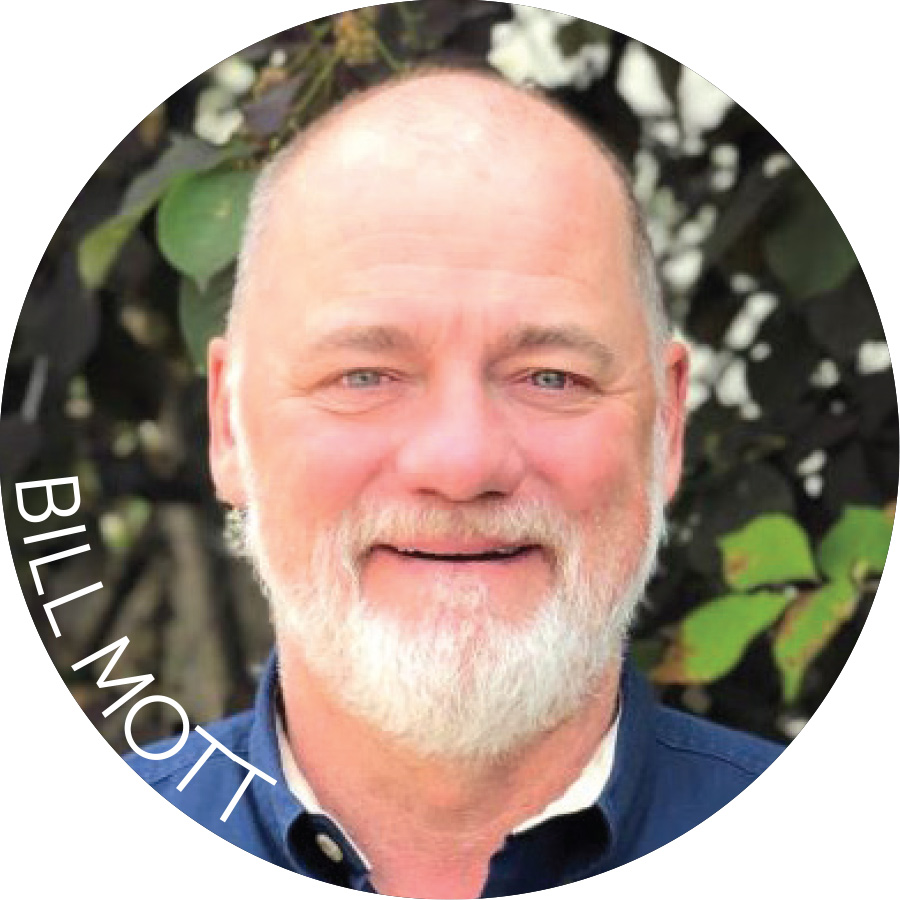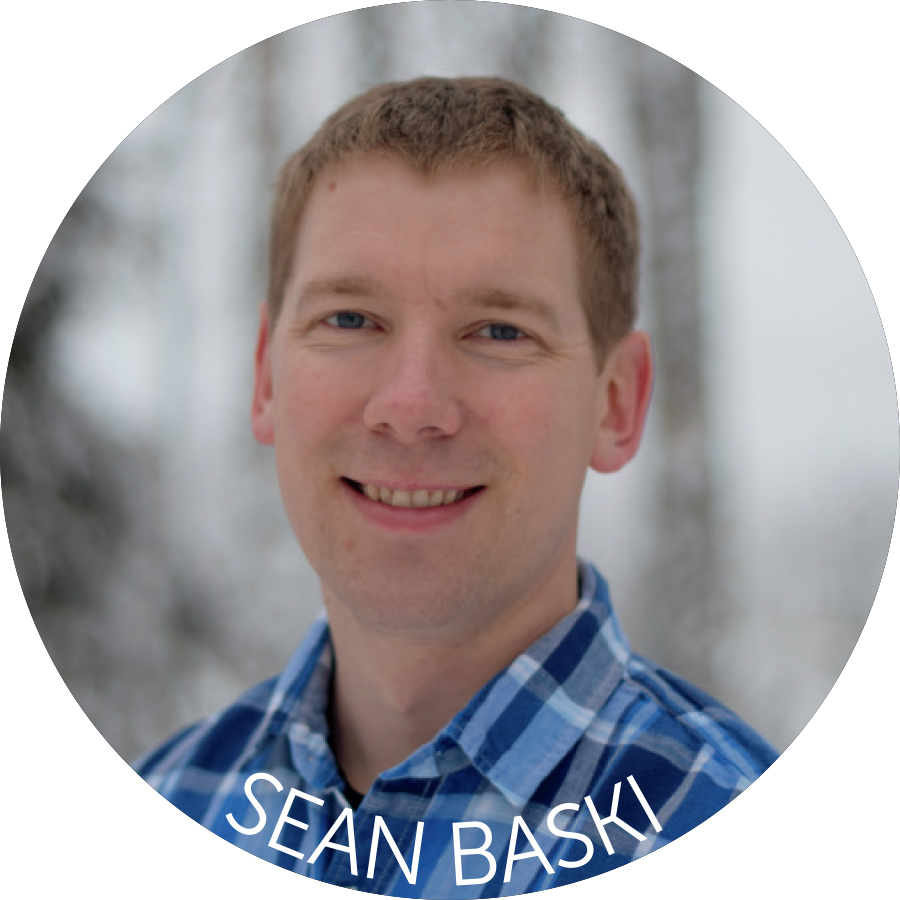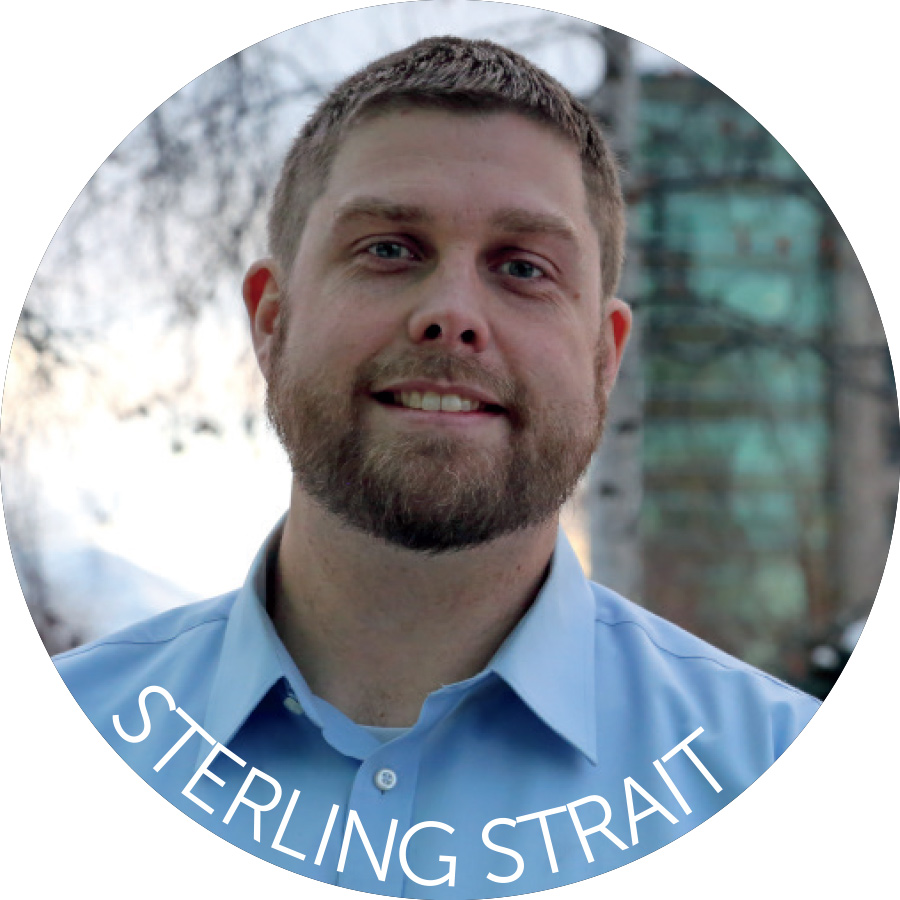

McNeal has served on trips with Engineering Ministries International (eMi) for projects in Sierra Leone, Belize, and Romania. He is also a member of the eMi Disaster Responders team—which is ready to deploy in as little as two days’ notice to assist in the aftermath of natural disasters. McNeal is currently designing a training course for eMi in support of young engineers and technicians in developing nations. He plans to travel to Uganda to present the first four-week class.

Mott has become a recognized corrosion control expert over the course of thirty years of practice. He is recognized by the National Association of Corrosion Engineers (NACE) as a CP Specialist (CP-4) and senior internal corrosion technologist. He has assisted NACE with the development of new CP Technologist (CP3) and Specialist (CP4) exams. His work has been presented in several NACE and SSPC annual conferences. His articles have been published in World Pipelines magazine and in the Journal of Protective Coatings and Linings. In addition to his work with NACE, Mott currently serves on the Alaska State Board of Architects, Engineers, Land Surveyors, and Landscape Architects.

Kane has been instrumental in planning for the Fiord West Extended-Reach Drilling project, which will be spud in April using North America’s largest land-rig, Doyon 26, “The Beast.” He has been busy demonstrating how the drilling envelope can be pushed further by utilizing a combination of new and existing technologies such as tuned-catenary trajectories to reduce targeted drilling loads, real-time torque and drag and mass balance initiatives, directional performance mapping, employing a mud chiller to drill deeper surface holes, and liner flotation technology.
When Kane isn’t pushing the cutting-edge at work, he keeps busy raising his two children while trying to keep a good work-life balance, helping with his children’s school programs, and always looking for the next mountain to run up.
Kane is currently focused on managing the advancement of big bore liner flotation technologies for ERD well designs.

He has designed and analyzed structures of various construction types and materials, including wood, steel, concrete, and masonry, and he is familiar with the special design constraints and demands of Arctic structures and areas of high seismic activity. Notable projects he has worked on include the Fairbanks International Airport terminal renovation and expansion, the Alaska Airlines Center Sports Arena in Anchorage, the Paul John Calricaraq new clinic and hospital renovation project in Bethel, structural stabilization of the Kennecott Historic Copper Mine mill building in McCarthy, and renovations to the IT facility at McMurdo Station, Antarctica.

In addition to her duties as a transportation engineer, Malto mentors junior engineers and is the summer intern hiring coordinator. As an active member of the Society of Women Engineers, she volunteers her time to participate in STEM outreach activities like SmartGirls Rock for high schoolers, Women in Engineering Night for college students, and EWeek events. She is also a member of the American Society of Civil Engineers and has held various board positions including president and chair of the PE Refresher Committee for the Anchorage Branch.

Baski works on a variety of design projects with wide ranging scopes including bridges, interchanges, divided highways, and more, addressing failing infrastructure, congestion, and safety concerns for Alaska communities. Baski and his team manage more than $700 million in projects, which include some of the largest projects in the state, advertising more than $100 million in projects in the last two years alone, including Seward Highway MP 75-90 Rehabilitation Phase 1 and Glenn Highway MP 34-42 Reconstruction Phase 1. Notable ongoing projects under his management include Parks Highway: Pittman to Big Lake Reconstruction; the second phases of the previously mentioned projects; Seward Highway: O’Malley to Dimond Reconstruction; and earthquake recovery design efforts.
Baski was nominated by the Institute of Transportation Engineers–Alaska Section, a nonprofit organization established to connect the professional transportation community while providing opportunities for learning and growth.

Strait earned a master’s of civil engineering from UAA and has thirteen years of experience engineering a wide variety of projects throughout Alaska. His experience ranges from engineering the Nullaġvik Hotel in Kotzebue and teaching structural design courses at UAA to serving as the lead structural engineer and project engineer for the CD5 and GMT1 drillsite projects. Since joining Alyeska in 2017, he has refreshed their earthquake program by upgrading the automatic earthquake alert system and introducing an earthquake response training program. Following the November 2018 7.1 Anchorage earthquake, he organized volunteers to perform building damage assessments.